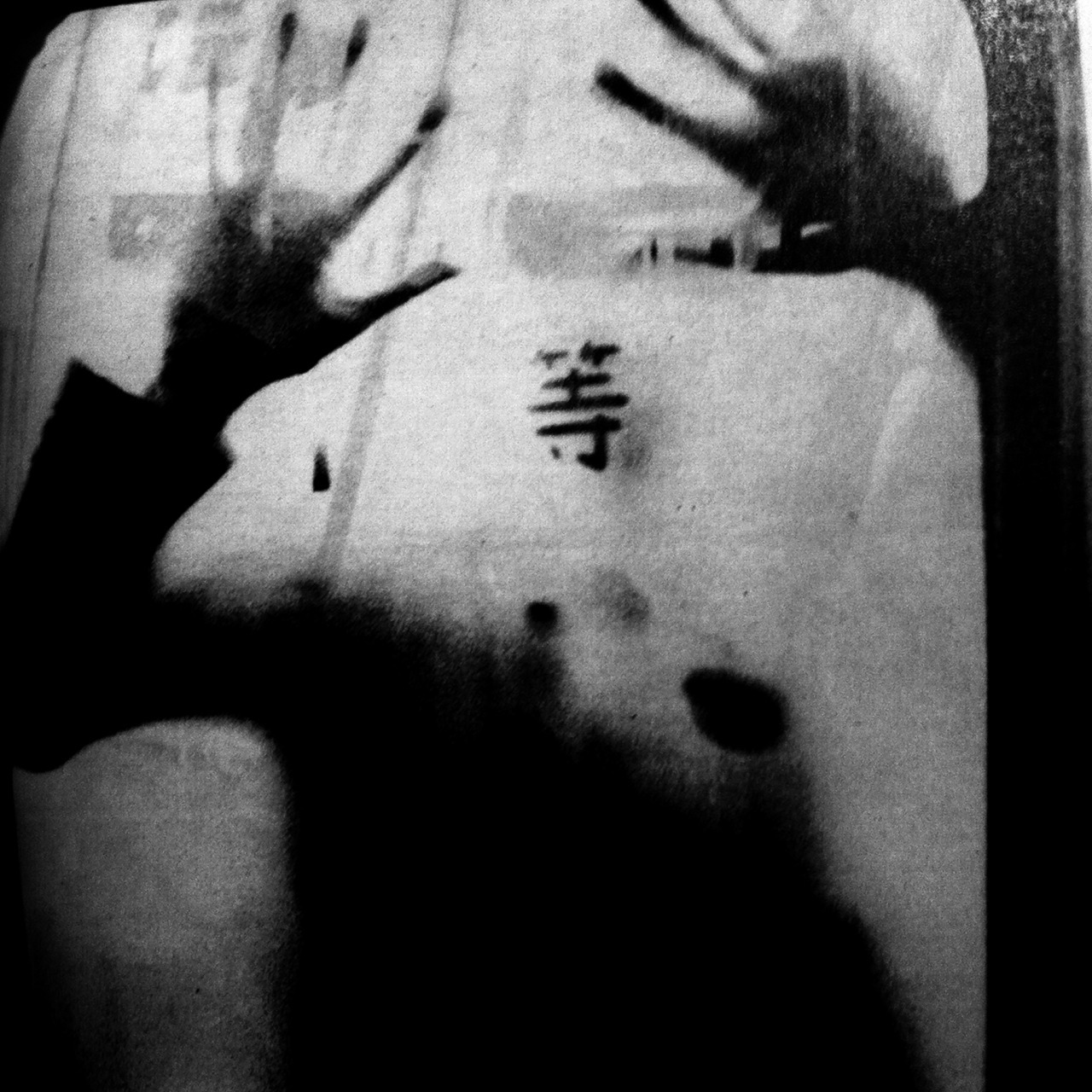Takuma Nakahira 中平 卓馬
Contrary to the prevailing photography of social realism, based upon a theory of alienation that was founded on simple contrasts, the Provoke photographers campaigned against a world of seeming certainty and ceased to ask “What should we photograph?” or “How should we photograph?”, instead asking more fundamental questions such as “What is photography?”, “Who becomes a photographer?” or “What is seeing?”. Their characteristic grainy, blurry, shaky pictures are the photographic expression of their doubt about a photography that amounts to illustrating a self-enclosed aesthetics or language. They are a conclusive reflection of a time whose contours are slowly dissolving. They are attempts not to »shoot« the pictures actively, but rather to allow the pictures to develop on the basis of a deliberately passive stance, with the frequent use of wide-angle lenses and no-finder technique, and thus to rehabilitate the unruly nature (the independent action) of the camera that lies hidden in the concept of »expression«. By reflecting the difference between their own eye and the eye of the camera in the photos in an extreme manner, the Provoke photographers were in search of a way of capturing the form of the world that was eluding them. Masashi Kohara (trans. http://www.americansuburbx.com/2010/06/takuma-nakahira-portrait-of-takuma.html )
Anyway, I think I will restart my work with the Illustrated Botanical Dictionary. I am going to capture subjects in daylight with color photography; I will compile them into the Illustrated Botanical Dictionary. For that, they must be color photographs. This is because I would like to completely cast off any trace of the hand that remains with the darkroom process of black-and-white photography. The hands themselves have made the art. The hands are the others within oneself. But of course the hands are the self. Manipulation and a thing manipulated by the hands are still an extension of the hands. The world is manipulated by the hands. My Illustrated Botanical Dictionary will come to exist by cleanly severing all ties with hand-manipulation. In that sense, the color photograph is already in the other world. Release the shutter once, and everything comes to an end Takuma Nakahira, from Why An Illustrated Botanical Dictionary
